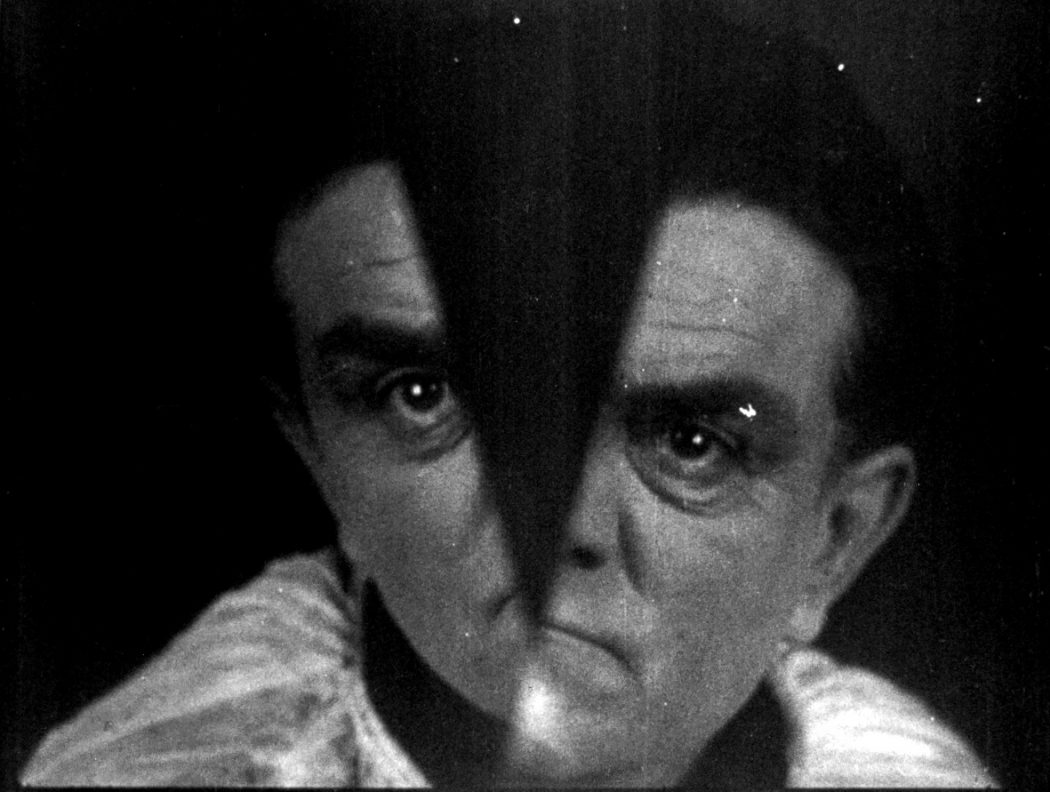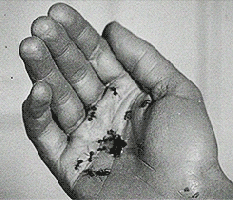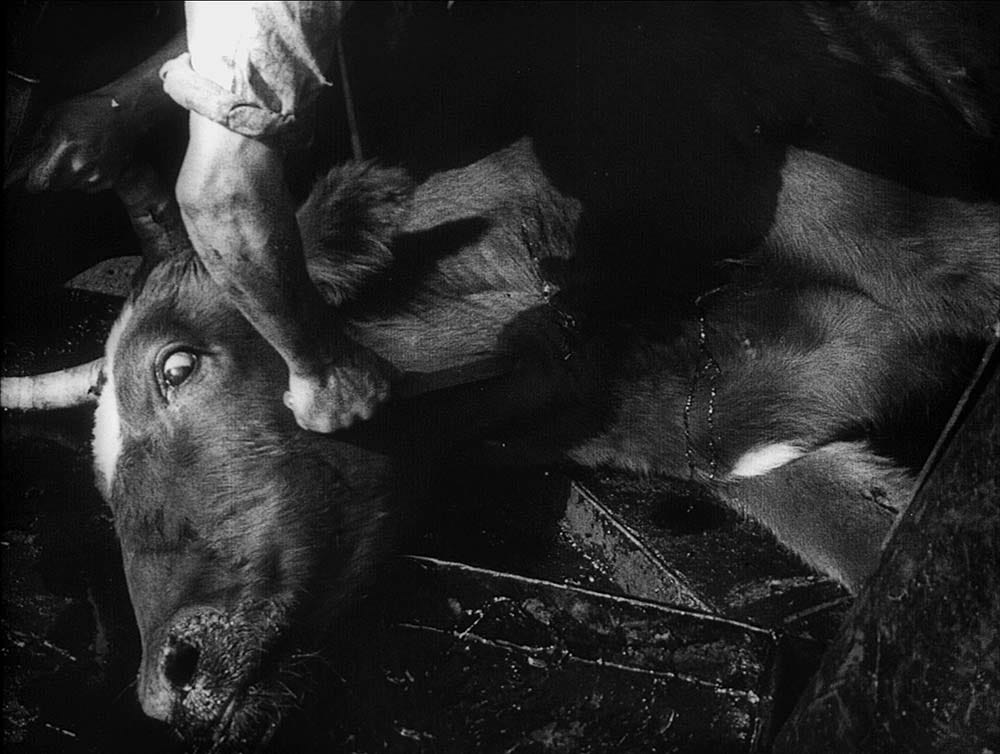Two contrasting responses to social upheaval: analysis of French Surrealism and Soviet cinema of the 1920s
In the years following the end of WWI, the film industry had been radically transformed both in its manufacturing and consumption. As a result, this formed a new wave of experimentation within filmmaking during the 1920’s, in which the Russian and French film movements were particularly impacted. The former began creating what is known as Soviet Montage, a way in which to deliver propaganda through the film medium. The latter formed what is known as the surrealist movement, in which filmmakers produced unnerving and perplexing imagery juxtaposing them with strange and unrelated imagery, taking cues from Soviet cinema in terms of editing styles and the themes within. Therefore, by comparing the way in which cinema techniques and themes shifted during the 1920s in France and Russia, we can observe how countries were either similarly or differently impacted by the social upheaval of WWI.
In order to compare French Surrealism with Soviet cinema’s shift during the 1920s, we first have to look at the history of its social and political state respectively. During pre-soviet period in Russia, cinema was almost non-existent. However, once Russia entered WWI in 1914, all foreign film productions were banned from the country in order to inactivate the local cinema and act as a form of propaganda to reach as many people as possible. However, once Lenin came to power he soon recognised that the value cinema possessed did not solely function as way for the government to spread their propaganda, but also as a way to communicate rapidly and clearly any message one wanted to. Due to his acknowledgment towards the utility cinema had, he decided to prioritise the industry of cinema. This shift towards propaganda in filmmaking led to the ban of the importation of foreign films in Russia. As a result of this, as well as the political uproar in Russia leading up to WWI, many important producers and film technicians fled to Europe. Consequently, the Russian film industry in the early 1920s was left with a shortage of both people and equipment. The combination of this, along with the shift towards propaganda, eventually led to what David Gariff suggested to be the ‘golden age of Russian cinema’ (Gariff p.193), as it developed certain themes and techniques that would shape cinema as a whole.
Meanwhile, in France, the surrealist movement was beginning to expand. The First World War impacted the French film industry as ‘many resources were drained away to support the fighting’ (Thompson p.85) and many of the films produced did not originate from France. In fact, ‘in the years following the war’s end, only 20 to 30 percent of films screened there were French’ (Thompson p.85), as Hollywood dominated the industry. Furthermore, during this time, there was a cinematic movement surrounding creative and experimental cinematic themes, where films such as Nosferato (1922) dominated the screens, putting pressure on the French film industry to follow in order to keep up with its changing nature. As a result, it inspired the great names of surrealist cinema such as Dulac, Ray, Dalì and Buñuel, to establish such an artistic and experimental cinematic movement.
These political and social contexts, as a result, affect what we see on screen in terms of themes and ideologies. Philosophy is a subject in continuous change, as different times, places and people mean different needs, standards and purposes which relate to previous ideologies. It is defined as ‘the use of reason in understanding such things as the nature of real world and existence, the use and limits of knowledge, and the principles of moral judgement’ (Philosophy, n.d) or subsequently, as ‘a particular system of beliefs, values and principles’ (Philosophy, n.d).
Soviet and French cinema make clear that original filmmaking is extremely important, but the presented approaches have risen differently. While Soviet montage was born after a process of finding the best way to deliver propaganda messages and to manipulate people through art, French surrealist cinema followed the principles of the surrealist movement, as seen in the Surrealist Manifestos (1924). (See artifact here: https://www.tcf.ua.edu/Classes/Jbutler/T340/SurManifesto/ManifestoOfSurrealism.htm).
This artefact can show that the surrealist creative process is based on the lack of rationality and pre-established fluency, having the goal to juxtapose unrelated pieces without necessarily giving them a meaning. In this booklet, Breton describes this processes as being ‘dictated by thought, in the absence of any control exercised by reason, exempt from any aesthetic or moral concern’ (Breton). Confusion and even mayhem can be tremendously disturbing for the audiences, but sometimes, after a possibly unconscious meditative state on the matters, a sense can be associated with the themes, after correlations with real-life experiences. Life, love and death, maybe the fundamental and most debated themes in art in general, are permanently present in surrealist films and are emphasised with help from secondary themes such as violence, fetishes or disrespect, which aim to raise problems of a person with himself or with the society he lives in. A movement strongly influenced by Freud, brings up issues often upset and worries spectators, in a form that creates the effect of a daydream, because of its unrealistic and poetic representation of reality.

In opposition to this vision, Soviet montage talks about similar themes, but from distinctive, raw and grey points of views. Film is used as propaganda for the communist party and shows the society as broken without its leaders and their principles, avoiding the individual problems and focusing on the masses. The philosophies of these movements aim to support the practical and political aspects, often being superficially noticed, even though they are the essence.
 This post-war era also marked a period of experimentation in film which was reflected in filmmakers’ use of editing. The approach to editing taken by French surrealists during the 1920s was highly influenced by the work of Soviet filmmakers prior, however diverged slightly in its overall purpose. One way in which Soviet cinema influenced French filmmakers, such as Bunuel and Dali, is in its use of jump cuts to create a non-linear plot. ‘Bunuel particularly was interested in making a film that destroyed meaning, interspersed with the occasional shock’ (Dancyger p.27), therefore used editing techniques to achieve this. For example, in Un Chien Andalou (1929), Bunuel often cuts between two seemingly unrelated events, such as ants coming out of a palm, to a woman’s armpit and then a severed hand in the middle of the street.
This post-war era also marked a period of experimentation in film which was reflected in filmmakers’ use of editing. The approach to editing taken by French surrealists during the 1920s was highly influenced by the work of Soviet filmmakers prior, however diverged slightly in its overall purpose. One way in which Soviet cinema influenced French filmmakers, such as Bunuel and Dali, is in its use of jump cuts to create a non-linear plot. ‘Bunuel particularly was interested in making a film that destroyed meaning, interspersed with the occasional shock’ (Dancyger p.27), therefore used editing techniques to achieve this. For example, in Un Chien Andalou (1929), Bunuel often cuts between two seemingly unrelated events, such as ants coming out of a palm, to a woman’s armpit and then a severed hand in the middle of the street.

‘There is no peace of mind for the audience when they view un chien andalou. There is only the unpredictable sense while watching the film that anything can happen next’ (Dancyger p.395). Therefore, by using jump cuts and seemingly unrelated shots, French surrealists would often create a sense of chaos in the plot, undermining its overall narrative and meaning.
Similarly, these editing techniques can also be seen in Soviet cinema, such as Eisenstein’s Strike (1925), although were often utilised for different purposes from the French surrealists. Russian cinema in the 1920’s often used jump cuts to create meaning rather than dissociation. These editing techniques would often be used alongside music to create a rhyme, thus further emphasising the meaning of the shot. For example, in Strike we see a sequence of shots which follow a successful strike from the works. These shots show people walking up a hill, their actions aligned with the music. By doing this, Eisenstein creates a rhythm through his editing that convey themes of unity. This unity is ‘objectified in this sequence through an editing arrangement which organizes the shots so that they establish a mental image of unity and harmony by setting up a visual rhythm that uses the motions of an accordion, feet, and bodies’ (Kuiper p.8)
Therefore, many of the editing techniques used by Eisenstein and Bunuel during the 1920s were similar, such as the use of jump cuts and rhythmic editing. However, one way in which they differed was in their overall aims, as Soviet films often attempted to create meaning in editing whereas French surrealists often opted for the opposite, creating a non-linear plot and ambiguous meaning.
However, arguably the most identifiable editing trope used in Soviet cinema in the 1920s was montage, with the work of Sergei Eisenstein propelling it into the forefront of the cinematic industry in Russia. Originally, Kuleshov experimented with the way in which he could use editing to change the meaning of an image by taking an image of an emotionless man and intercutting it with either a shot of a bowl of soup, a dead child lying in a coffin, and a sensual woman on a couch. By showing each image separately, he noticed that the seemingly emotionless expression of the man was affected by the image intercut in between it i.e. feelings of hunger, sadness, lust.

This idea in editing was subsequently developed into the use of montage in film. The technique in its most basic form involves combining multiple images/subjects directly alongside each other or directly after one another. Filmmakers took subject matter that were seemingly unrelated and combine them consecutively, implying to the audience that a connection does in fact exist between them and a deeper message is inferred. An example of this can be seen in the closing shots of Eisenstein’s Strike (1925), where the graphic slaughters of cows is interspersed with shots of people being shot down in their masses by those in power. This suggests that there is an utter disregard for the significance of life in those fighting against oppression in Soviet Russia at the time, suggesting that killing them is just as easy as killing cows. It creates a dehumanised view of the oppressed, leaving them namelessly dead alongside the cattle.

Another infamous film to use montage editing was Man with a Movie Camera (1929), which displays a progression of sequences depicting real life from the perspective of the camera (however not the same camera perspective as the ones shown to be being set up during the film). Initially the subjects seem to be just random snippets of life around the city, but after some deeper examination it is possible to draw connections between them all and identify the self-reflexive nature of Vertov’s work. What makes montage editing so significant is that it was a distinctive style of combining contrasting subjects to create meaning and portray a political message in a tone not overtly stated. Finding new ways to protest social and political rules at the time was a key part to both Soviet Montage and French Surrealist movements and formed one of the key foundations for the style of surrealist cinema in the 1920s. The significance of this can be seen through promotional memorabilia both of the time and in modern day reflections, for example a “Promotional postcard for ‘Un Chien Andalou’ and ‘L’Age d’Or’” exists in the Bill Douglas Cinema Museum from a BFI promotional re-release of ‘Two Surrealist Masterpieces’ in 2004. The back of the postcard features an extract from the surrealist manifesto from January 27th, 1925; “We are specialists in Revolt. There is no means of action which we are not capable, when necessary, of employing”. (View artifacts here: https://www.bdcmuseum.org.uk/explore/item/92829/). The manifesto underlines the key components of surrealist cinema, making it an obvious point of reflection by the BFI almost 80 years later, and it is distinct editing styles like montage theory that allow this active revolt to rise up.
In conclusion, Soviet and French cinema were the results of a war-torn world and therefore can be studied as examples of how the cinematic world shifted and adapted during the 1920’s in response to social upheaval. By looking at the historical context of France and Russia during this time, we can further understand the resulting themes and techniques employed and its impact on the film industry. Although both took similar approaches in editing, such as the use of jump cuts and montages, they often differed in their overall purpose and themes. Soviet cinema often took the approach of political propaganda as a response to workers riots, whereas French surrealist opted to use cinema as a form of experimentation into the surrealism, adapting their themes and editing techniques around those used in pre-soviet’s cinema. Although these two film industries varied in their response to WWI, both ultimately established innovating cinematic movement that not only altered the nature of the film industry, but also our overall understating of film history.
Bibliography
Breton, André. Surrealist Manifestos. Editions du Sagittaire, 1924. https://www.tcf.ua.edu/Classes/Jbutler/T340/SurManifesto/ManifestoOfSurrealism.htm Accessed 03/05/2020
Dancyger, Ken. The technique of film and video editing: history, theory, and practice. CRC Press, 2014.
Gariff David. Russian and Soviet Cinema in the Age of Revolution. National Gallery of Art and American Film Institute, 1917
Kuiper, John B. Eisenstein’s ‘Strike’: A Study of Cinematic Allegory. The Journal of the Society of Cinematologists, vol. 3, 1963, pp. 7–15. JSTOR, www.jstor.org/stable/1224790. Accessed 03/05/2020
Philosophy. (n.d.). Cambridge dictionary, Cambridge Dictionary Press. https://dictionary.cambridge.org/dictionary/english/philosophy Accessed 05/05/2020
Thompson Kristin and David Bordwell. Film History an Introduction. Chris Freitag, 2003.
